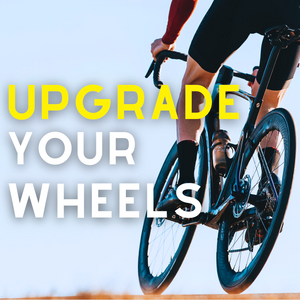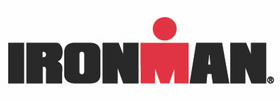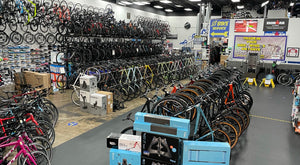
BIOMECHANICS OF RUNNING OVERVIEW
BIOMECHANICS OF RUNNING OVERVIEW
For over 20 years Playtri coaches have worked with triathletes and runners on improving their run form and decreasing their chance of injury. As a coach and a Playtri coached athlete, I have seen the impact that working on run form with a coach can have on an athlete’s ability to race well. Although running is arguably the simplest and easiest of the three disciplines of triathlon to practice, it is also THE discipline that leads to the greatest cause of injuries. Running well on tired legs at the end of a triathlon is a skill that involves improving your run form, increasing strength, and decreasing injuries. To help you get a better sense of how to address these issues so you can run faster, here are some run form and injury considerations that I have seen over the past few years with athletes I work with.
Neutral Posture
Adopt the phrase, “Run Tall,” to help address postural issues. Many age group athletes sit much of the day and then hop on a tri bike before running, both of which can contribute to tight hips. It is important to foam roll your hips to help loosen them up. And also run in such a way that allows your body to be naturally stacked (your head over your shoulders over your hips over your feet) with a slight lean from the ankles. If it helps, you can imagine someone pulling you along with a rope around your hips and your goal is to keep your body nice and aligned as you move down the road. This means that your head position should be neutral with your eyes looking 10-12 feet ahead of you. Your chest is neither sticking up nor collapsed, and your shoulders are relaxed. Your hips are centered and leveled with your shoulders and head.
Foot Strike
If you watch the best triathletes or runners, either at a local race or the professionals, you will see a variety of foot strikes (primarily heel strokes or midfoot strikes, the forefoot striking tends to come out when the pace increases). It isn’t so much about which part of the foot hits the ground, but where it hits the ground in relation to your center of gravity. Ideally, we want the foot to strike beneath or near your center of gravity with your shin creating a 90-degree angle with the ground at contact. What we don’t want is overstriding, which puts an extra amount of strain on the stabilizing muscles in your legs, hips, and lower back. This maxim holds true for foot strike: If it ain’t broke, don’t fix it. As long as your foot strike isn’t causing injury, it isn’t worth the time and energy to change it.
Cadence
Many age group athletes I have worked with over the years have started with cadences near 140-145 steps per minute. At Playtri, we advocate for a fairly quick cadence, anywhere from 160-190 steps per minute, because a higher cadence can cut down on the chance of injury while also increasing your run speed. If your cadence is low, it is a good idea to address that in the off season with the use of a metronome and gradually increasing your cadence by 2-3 steps per minute so that your body can adapt to the new higher cadence.
Arm Drive
At Playtri we look for an arm drive that emphasizes pulling back with the elbow, allowing the arm to naturally swing forward, and hands that do not cross the midline of the chest. Elbows are bent anywhere between 70-90 degrees, with hands relaxed, and arms and hands close to the body.
Injury Considerations
There are two injury issues that I have seen regularly in the past few years. The first is running in carbon plated shoes, or Super Shoes. Recent studies have shown that although carbon plated shoes do increase speed, the stiffness of the shoes can contribute to foot injuries. If you race in Super Shoes, consider wearing them only minimally in your training.
Second, weak hip abductors like the gluteus medius. If you have weak hip abductors, you are more likely to see your knees collapse in while you run, which puts more strain on the stabilizing muscles around your hip girdle and lower back. Strong hip abductors are essential for holding a solid run form as the race gets longer and fatigue sets in. Doing strength exercises like banded squat walks, lateral walks, fire hydrants, clamshells, and weighted lateral lunges help address hip weakness.
Hopefully this article has helped introduce you to the importance of run form, and strength and mobility work around the hips. If you are interested in performance testing or scheduling a one-on-one with a coach, you can find more information here and here. And if you have questions about anything in this article or are interested in learning about different coaching options, please reach out to me at jim.rowe@playtri.com. Happy training and racing this year!
Jim Rowe is a Playtri Level 4 Coach and Coach Education Lead, a USAT LI Certified Coach, and NASM Certified Personal Trainer who works with adult athletes of all abilities from beginners to IRONMAN World Championship qualifiers. Learn more about Jim at www.playtri.com/jim-rowe.



